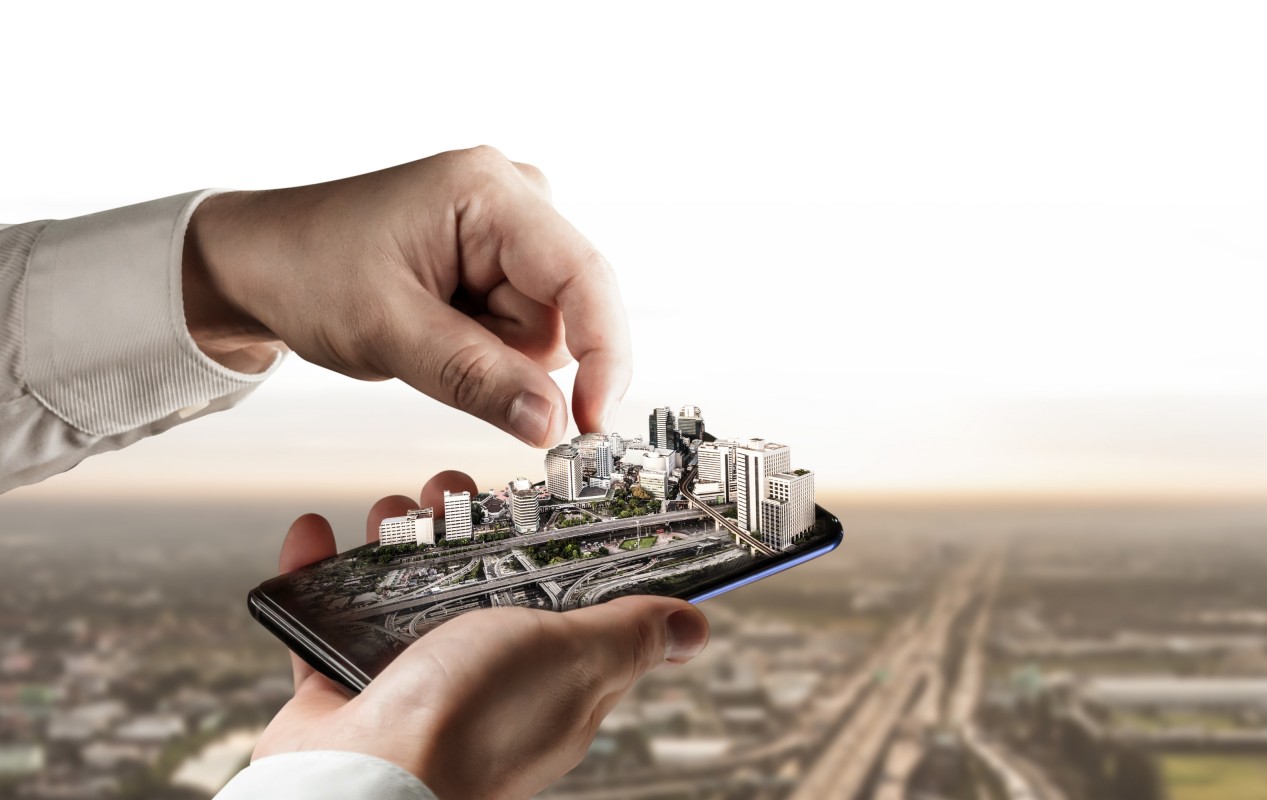Industrial Property Development: Powering Growth in a Changing World

In today’s dynamic economy, industrial property development is the backbone of global supply chains, advanced manufacturing, and logistics networks. Once synonymous with plain warehouses and factories, industrial spaces are now technologically advanced hubs designed to optimize efficiency and sustainability.
From automated distribution centers to sustainable manufacturing units, this blog explores the trends, challenges, and innovations driving industrial property development forward.
The rise of e-commerce, advanced manufacturing, and globalized trade has positioned industrial property development as a critical component of modern economies. Amazon, for example, has redefined the distribution game with state-of-the-art fulfillment centers powered by robotics and AI.
Key Drivers of Industrial Development:
E-Commerce Boom: The growth of online shopping has surged demand for logistics hubs and last-mile delivery centers.
Technological Advancements: Smart warehouses, AI-powered inventory systems, and autonomous vehicles are transforming industrial operations.
Sustainability Goals: Developers are integrating renewable energy systems, green building designs, and energy-efficient technologies into industrial properties.
Urbanization: Proximity to urban centers for quicker delivery and operations has become a priority.
Land Scarcity: Prime locations near cities are limited and expensive, pushing developers to optimize space with multi-story industrial buildings.
Regulatory Compliance: Stringent zoning laws and environmental standards add complexity to project approvals.
Sustainability Mandates: Meeting net-zero emission goals requires significant upfront investment in green technologies.
Infrastructure Upgrades: Supporting technologies like 5G and autonomous vehicles demand cutting-edge infrastructure.
1. Automated Warehouses
Facilities equipped with robotics, conveyor belts, and IoT devices can significantly boost productivity. Companies like Ocado use fully automated warehouses to process thousands of orders in record time.
2. Digital Twin Technology
Digital twins replicate industrial spaces in a virtual environment, enabling real-time monitoring and predictive maintenance. Siemens has utilized this technology to optimize its manufacturing plants.
3. Green Building Solutions
Industrial developers are increasingly adopting:
Solar energy systems to power facilities.
Rainwater harvesting and smart water management for eco-efficiency.
Recycled materials in construction to reduce carbon footprints.
4. Multi-Modal Connectivity
Modern industrial parks incorporate multi-modal logistics systems, integrating rail, road, and air transport for seamless connectivity.
Automation Systems: Kiva Robotics, Zebra Technologies
Energy Efficiency: Envision, Green Building Studio
Digital Twins: Twinmotion, Bentley Systems
Inventory Management: SAP EWM, Oracle Cloud SCM
Cold Storage Facilities: With the rise of online grocery shopping and biopharma logistics, demand for cold storage is skyrocketing.
Multi-Story Warehousing: Dense urban areas like Hong Kong are seeing the rise of vertical industrial spaces.
AI-Powered Supply Chains: AI optimizes inventory, reduces waste, and enhances operational efficiency.
On-Site Renewable Energy: Solar panels, wind turbines, and energy storage systems are integrated into new industrial developments.
In Nagpur, India, one of Asia’s largest solar-powered industrial parks, the Mahindra World City, combines renewable energy, rainwater harvesting, and smart technology. This project has become a model for sustainable industrial development, showing how innovation can align with environmental goals.
Chart: Cost Benefits of Automated Warehousing
|
Feature |
Cost Increase (%) |
Productivity Boost (%) |
ROI Period (Years) |
|---|---|---|---|
|
Robotic Systems |
20% |
40% |
3-5 |
|
IoT Sensors |
10% |
25% |
2-4 |
|
Smart Inventory Tools |
8% |
20% |
2-3 |
Adopt Flexible Designs: Multi-use industrial spaces that can adapt to shifting market needs.
Focus on ESG Goals: Secure green certifications and meet corporate social responsibility standards.
Leverage Smart Tech: Use automation, AI, and digital twins for operational excellence.
Plan for Connectivity: Integrate facilities with transport hubs to streamline logistics.
Industrial property development is evolving from a utilitarian sector into a hub of innovation, efficiency, and sustainability. Developers who embrace smart solutions and green practices are not just creating facilities—they’re building the backbone of a sustainable future.
As the industrial revolution redefined economies centuries ago, the smart industrial revolution is transforming how businesses operate today.
The industrial property sector is undergoing a revolution, driven by technological innovation, sustainability demands, and the rise of e-commerce. Virtual Delivery Centers (VDCs) provide a game-changing approach to navigating these complexities, enabling developers to deliver smarter, more efficient, and future-ready industrial spaces.
How VDCs Empower Industrial Property Development:
Smart Facility Design: VDCs integrate IoT, AI, and automation to create adaptive industrial facilities that enhance operational efficiency and resource management.
Optimized Logistics Solutions: Advanced technologies streamline supply chain operations, from automated inventory systems to real-time freight tracking.
Sustainable Development Practices: VDCs help incorporate green building standards, renewable energy systems, and eco-friendly materials into construction projects.
Predictive Maintenance: AI-driven tools ensure seamless operation of industrial equipment and infrastructure by proactively addressing maintenance needs.
Key Use Cases in Industrial Property Development:
Smart Warehousing: Designing automated warehouses with intelligent systems for inventory management, reducing downtime, and optimizing space utilization.
E-Commerce Hubs: Creating logistics-ready facilities that cater to the fast-paced needs of online retail and distribution networks.
Sustainability Focus: Implementing renewable energy solutions, such as rooftop solar panels and rainwater harvesting systems, to meet ESG goals.
Data-Driven Decision Making: Leveraging analytics to determine the best locations for industrial properties based on market trends and transportation access.
Benefits of VDC-Driven Development:
Accelerated Project Timelines: VDCs ensure faster and more efficient design and development processes, reducing time-to-market for industrial properties.
Cost Optimization: By minimizing resource wastage and enhancing operational efficiency, VDCs enable significant cost savings for developers and operators.
Enhanced Market Competitiveness: Innovative features and sustainable designs make VDC-enabled properties more attractive to tenants and investors.
Future-Proof Facilities: VDCs ensure properties are adaptable to changing industrial needs, ensuring long-term viability and success.
Conclusion:
Virtual Delivery Centers are revolutionizing the industrial property landscape by integrating advanced technologies and sustainable practices into every stage of development. With VDCs, industrial developers can meet the evolving demands of the market while powering growth in an ever-changing world.

By redesigning packaging, exploring reusable models, investing in smart tracking, and leveraging the VDC model for execution, beverage manufacturers can reduce their environmental footprint while boosting their brand relevance and operational resilience.

Even the most capable in-house IT teams often fall short when it comes to minimizing downtime. While Managed Services solve much of the downtime problem, the VDC model supercharges it with flexibility, scalability, and domain-specific expertise.